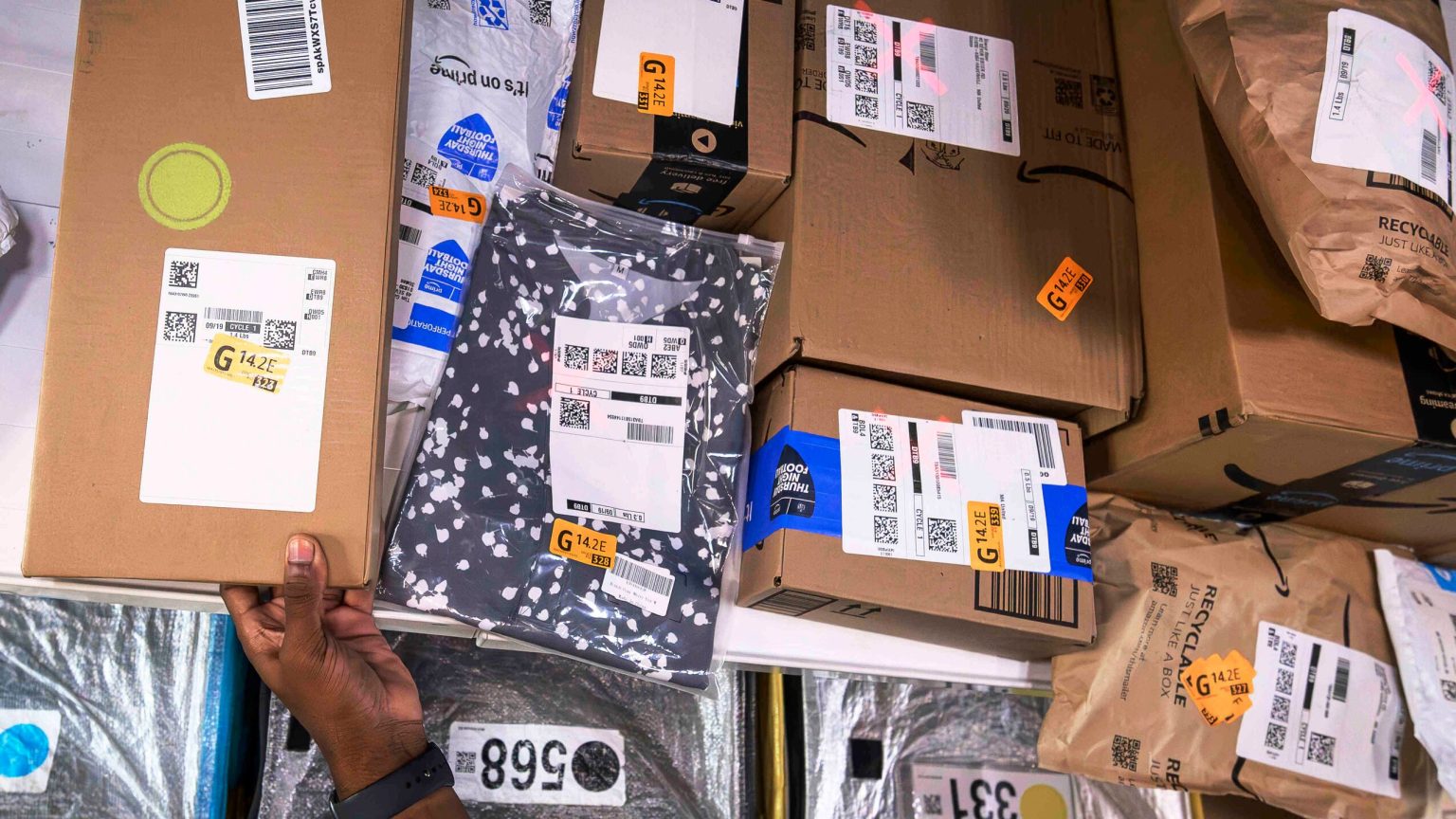Amazon has introduced a new AI technology called Vision-Assisted Package Retrieval (VAPR) for their electric Rivian delivery vans. This system uses visual and audio cues to help drivers identify which packages need to be delivered at a given stop. By projecting a green “O” on the packages to be delivered and a red “X” on all others, the system eliminates the need for manual sorting and organizing of packages between stops. Amazon plans to roll out VAPR to 1,000 vans initially early next year, as part of their efforts to improve the efficiency of delivery drivers.
The VAPR system is an outgrowth of Amazon’s Amazon Robotics Identification (AR-ID) system, originally used in the company’s fulfillment centers. This technology is designed to assist the 390,000 delivery drivers who work for independent Delivery Service Partners and deliver packages in Prime-branded uniforms and vehicles. Amazon aims to leverage AI and machine learning to optimize its delivery operations, allowing drivers to navigate their routes more effectively and efficiently.
Amazon conducted early tests of the VAPR system, which resulted in a 67% reduction in perceived physical and mental effort for drivers, with more than 30 minutes saved per route. Drivers have reported that using VAPR has significantly streamlined the process of emptying totes and organizing packages between stops, reducing the time required from 2 to 5 minutes to just about a minute. By automating package identification and retrieval, Amazon aims to make the job of its delivery drivers easier while enhancing overall delivery performance.
In addition to the introduction of VAPR, Amazon made several other announcements at its annual “Delivering the Future” event in Nashville. This included the unveiling of Amazon’s next-generation fulfillment center in Shreveport, La., featuring updated and expanded versions of its robotics systems. The company also introduced new “AI Shopping Guides” in the Amazon shopping app, utilizing generative AI to provide key information about over 100 product types for researching and comparing products.
Furthermore, Amazon’s Climate Pledge Fund has made investments in three startups focused on sustainability: Molg, which manufactures robots for assembling and disassembling complex electronics for reuse; Paebbl, which converts CO2 into carbon-storing building materials; and 14Trees, which employs 3D printing technology to construct lower-carbon buildings. Amazon has also made progress in reducing plastic in its packaging, such as removing all plastic air pillows from delivery packaging in fulfillment centers and retrofitting 120 automated packaging machines to produce custom paper bags instead of plastic bags.
Overall, Amazon’s introduction of the VAPR system reflects the company’s ongoing commitment to leveraging cutting-edge technology to enhance its delivery operations and improve the overall customer experience. By investing in AI, robotics, and sustainability initiatives, Amazon continues to drive innovation and efficiency across its supply chain, positioning itself as a leader in the evolving landscape of e-commerce and logistics.


